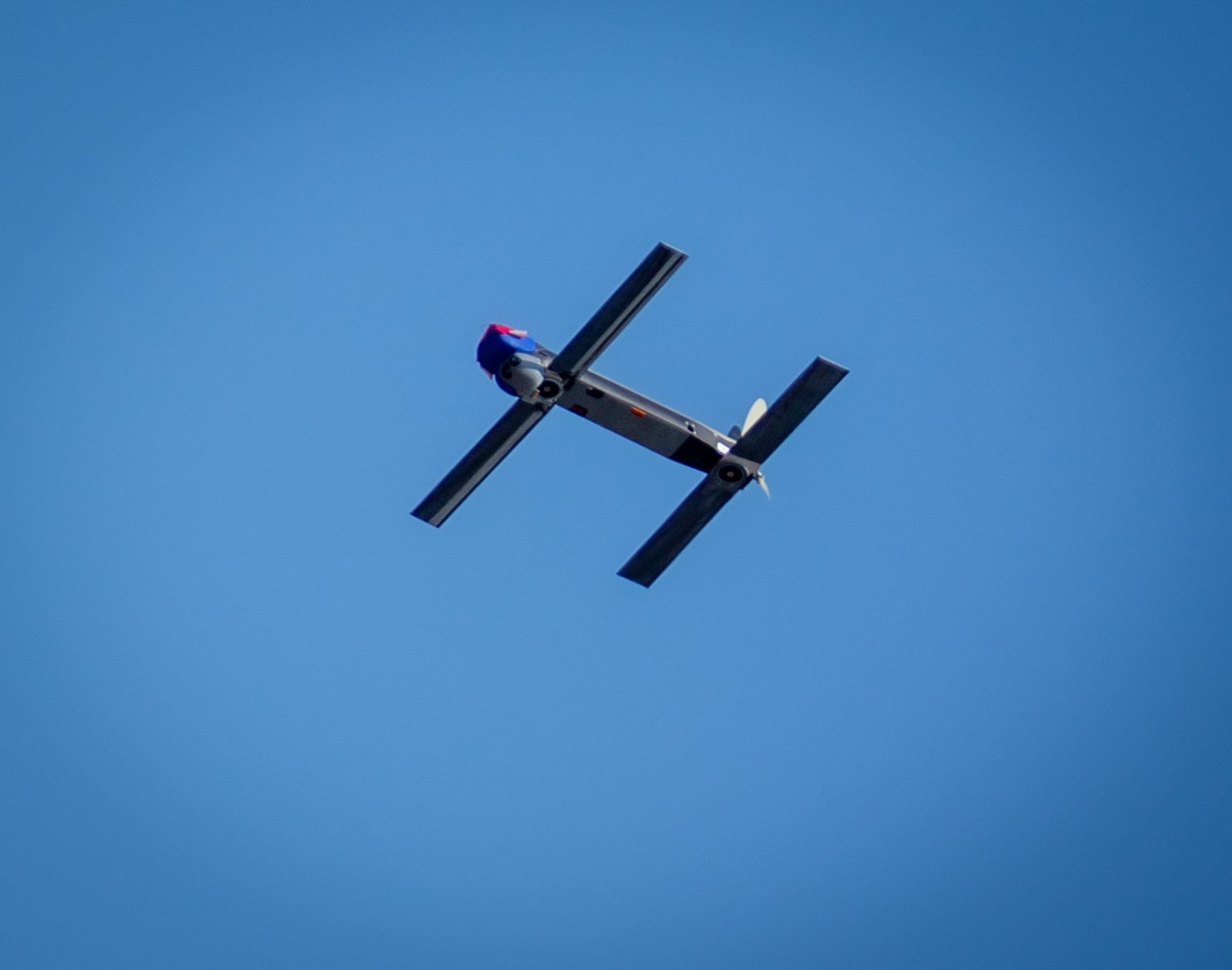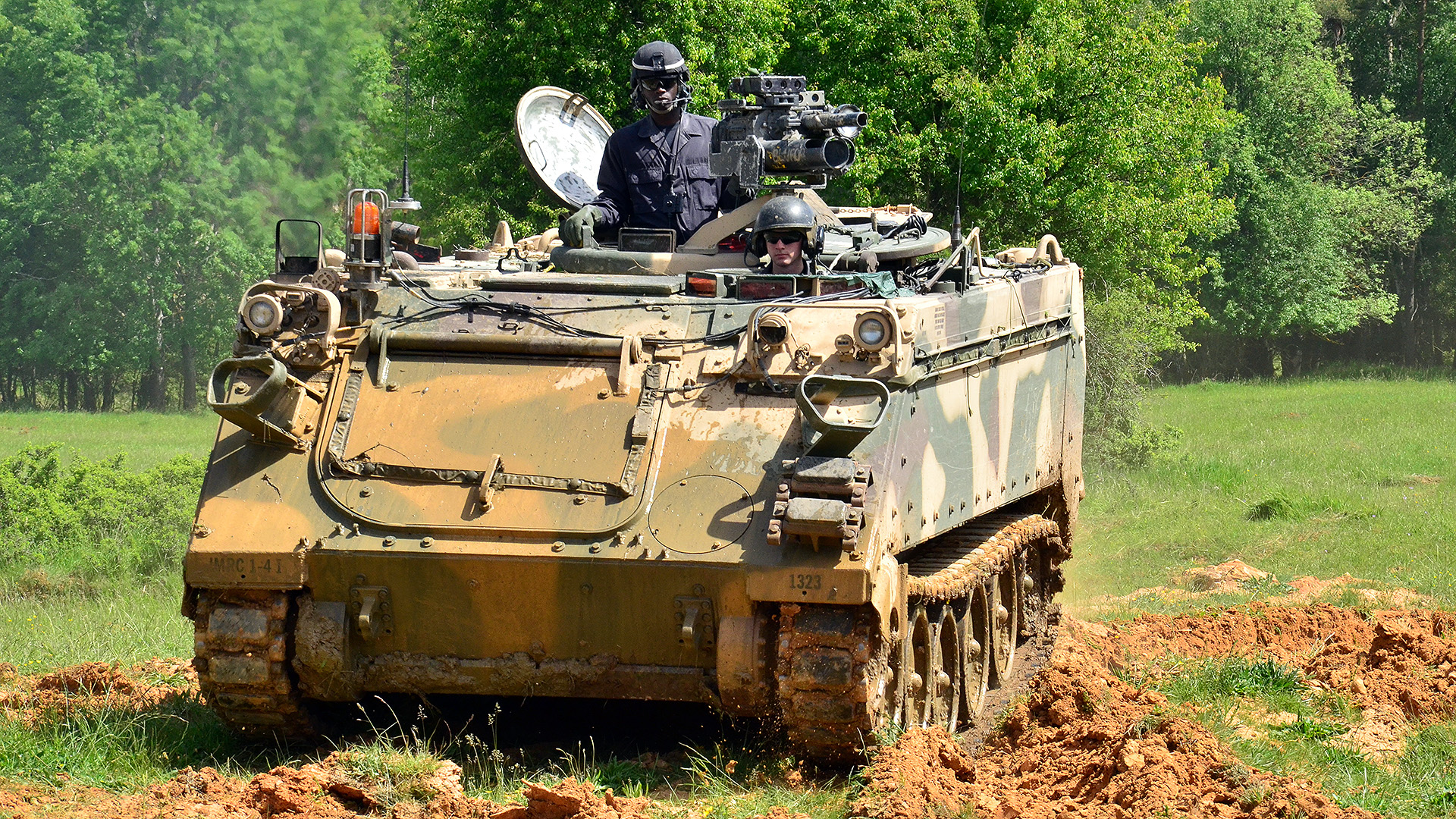A host of military vehicles, manned and unmanned aircraft, munitions, soldier protective equipment, and much more is headed to Ukraine as part of the most recent $800 million security assistance package the U.S. government announced today.
The Pentagon released the following details of the aid package, which is set to start flowing to Ukraine soon as forces there prepare for renewed Russian offensives in the east and south:
- 18 155mm towed howitzers with 40,000 artillery rounds
- 10 AN/TPQ-36 counter-battery radars
- Two AN/MPQ-64 Sentinel air surveillance radars
- 300 Switchblade kamikaze drones
- 500 Javelin missiles and thousands of other anti-armor systems
- 200 M113 armored personnel carriers
- 100 High Mobility Multipurpose Wheeled Vehicles, better known as Humvees
- 11 Russian-built Mi-17 Hip helicopters
- Unmanned coastal defense vessels
- Chemical, biological, radiological, nuclear (CBRN) protective equipment
- 30,000 sets of body armor and helmets
- 2,000+ optics and laser rangefinders
- C-4 plastic explosive and demolition equipment for mine clearing
- M18A1 Claymore anti-personnel mines

Ukrainian forces will likely need extensive training on both the artillery and other systems, which Kirby said would be accomplished by pulling forces from the country, schooling them on operating certain systems, and sending them back into the fight.
A senior defense official told reporters the following today about how training Ukrainian troops has been done recently and how it could go down in the future:
“And so if there’s a need for additional training to be done on any systems that are provided to Ukraine, we will look on a range of options for how that training would have to be delivered. And I don’t want to speculate right now and I don’t want to get ahead of where we are. As you saw we took advantage of some of the Ukrainians that were in the United States for some previously scheduled training to get them trained up on Switchblades. We are looking at options for additional Switchblade training and where and when that might occur and how we would do that. And certainly, one option that would be available to us would be to utilize troops that are closer to Ukraine, obviously troops that are on NATO’s eastern flank. And that still remains an open — an open option to us.”
While Kirby said that much of the equipment Ukrainian forces either are already using or can learn to operate relatively quickly, that isn’t necessarily the case. Operating the equipment is one thing, sustaining it in a country at war is another.
Regardless, the U.S. maintains prepositioned stocks of both M113s and Humvees in multiple depots in Europe, so they should be available to Ukraine relatively soon. The AN/TPQ-36 is already in service with Ukraine as a handful of them have been delivered to the country as far back as 2015.
Ukraine’s armed forces, like their Russian adversaries, already operate the Mi-8/Mi-17. All of the new Mi-17 helicopters — five of which have already been sent to Ukraine — will be pulled from U.S. stocks initially earmarked for the now-defunct Afghan Air Force.
As for those coastal defense drones, the Ukrainian Navy in January announced plans to bolster its maritime minehunting capability with unmanned surface vessels (USV), which the Pentagon will now donate. Those vessels likely are the USV Inspector 90 optionally manned autonomous patrol boat, which Rear Admiral Oleksiy Neizhpapa, the Commander of the Ukrainian Navy highlighted in an interview before the current conflict began.

The Pentagon’s laundry list of military aid is specifically designed to bolster Ukraine’s military specifically against Russia’s renewed pushes in the east and south of the besieged nation, according to Kirby.
Kirby would not comment on how giving Ukraine several hundred Switchblades would impact the Pentagon’s arsenal. Most of the first 100 Switchblades included in a previous aid package are in Ukraine and the rest should not take long to arrive.

“This is something we’re watching every day,” he said. “The secretary is comfortable that our own readiness — across all the systems that we’re providing to Ukraine, our own readiness has not been hampered. This is not a system that was bought in large quantities. I will just go so far as to say that.” The potential draining of U.S. stocks of certain weapons, as well as those of its allies, has become an increasing concern. You can read all about this situation and what it will take to replenish some of these items in this recent War Zone feature.
The mix of Switchblades is said to be both the -300 and far more powerful, anti-armor-capable -600 model. In many cases, the deadly drones can be reused for surveillance missions if they are not employed as kinetic weapons against enemy forces.
On the political front, U.S. President Joe Biden spoke Wednesday with Ukrainian President Volodymyr Zelensky, who has been vocal about his nation’s need for offensive weapons to continue its struggle and even counterattack.

“The Ukrainian military has used the weapons we are providing to devastating effect,” Biden said in a prepared statement. “As Russia prepares to intensify its attack in the Donbas region, the United States will continue to provide Ukraine with the capabilities to defend itself.”
Biden confirmed authorizing the $800 million package and said the “new package of assistance will contain many of the highly effective weapons systems we have already provided and new capabilities tailored to the wider assault we expect Russia to launch in eastern Ukraine.”
“The steady supply of weapons the United States and its Allies and partners have provided to Ukraine has been critical in sustaining its fight against the Russian invasion,” Biden continued. “It has helped ensure that Putin failed in his initial war aims to conquer and control Ukraine. We cannot rest now. As I assured President Zelenskyy, the American people will continue to stand with the brave Ukrainian people in their fight for freedom.”

Secretary of Defense Lloyd Austin spoke with his Ukrainian counterpart by phone Wednesday morning as part of a constant dialogue between the two defense chiefs.
They talked about “all the things the United States is doing to help Ukraine defend itself,” Kirby said in a press conference Wednesday afternoon. Resnikov was thankful for the assistance and relayed his assessment of the situation on the ground, Kirby said. Artillery and counter-battery capabilities were a specific ask, prompted by the expectation Russia will launch an armored assault in force along the eastern and southern fronts in the Donbass and Luhansk regions, Kirby said.
However, where and how the Ukrainians deploy U.S. weapons is entirely up to their commanders, Kirby said.
“We get the stuff into Ukrainian hands, and we know that’s happening … but it belongs to them at that point,” Kirby said. “Where they decide to employ it, how they employ it, with what units they employ it, that is a Ukrainian decision to make.”
Contact the author: Dan@thewarzone.com
